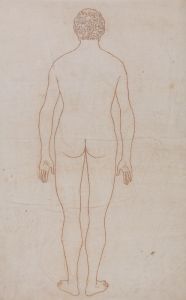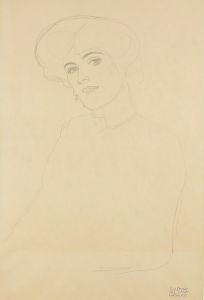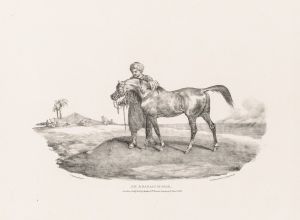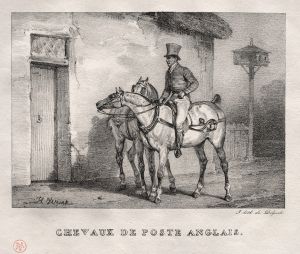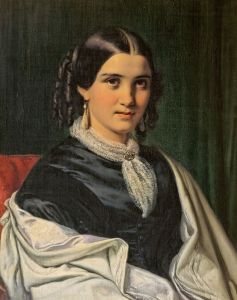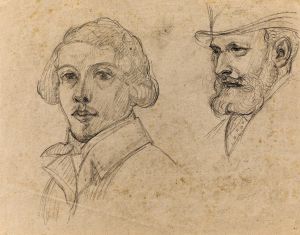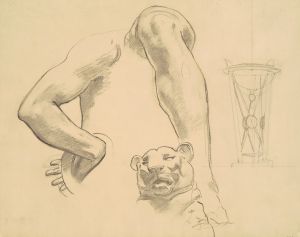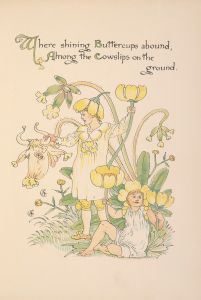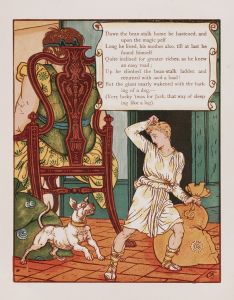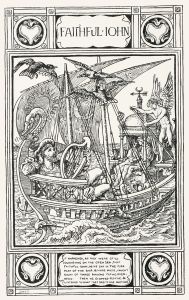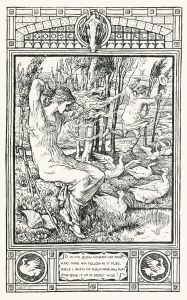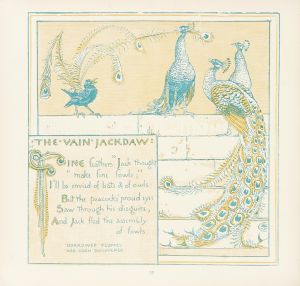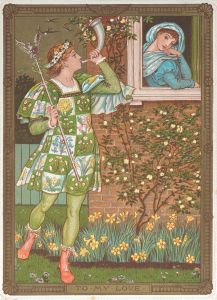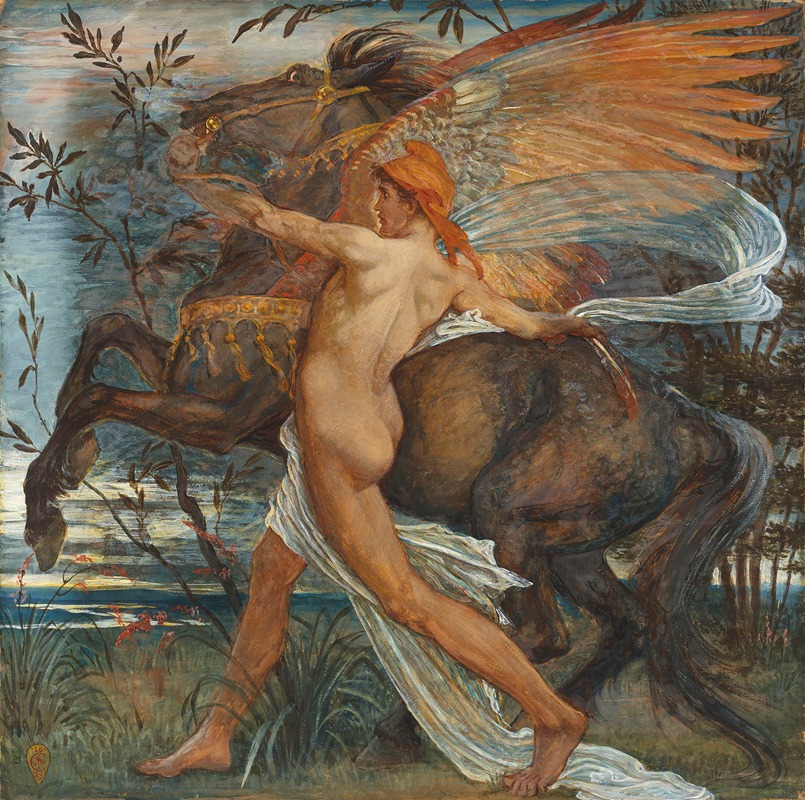
Pegasus
A hand-painted replica of Walter Crane’s masterpiece Pegasus, meticulously crafted by professional artists to capture the true essence of the original. Each piece is created with museum-quality canvas and rare mineral pigments, carefully painted by experienced artists with delicate brushstrokes and rich, layered colors to perfectly recreate the texture of the original artwork. Unlike machine-printed reproductions, this hand-painted version brings the painting to life, infused with the artist’s emotions and skill in every stroke. Whether for personal collection or home decoration, it instantly elevates the artistic atmosphere of any space.
Walter Crane (1845–1915) was a prominent English artist and illustrator, known for his contributions to the Arts and Crafts Movement and his work in children's book illustrations. One of his notable works is the depiction of Pegasus, the mythical winged horse from Greek mythology. While specific details about a singular painting titled "Pegasus" by Walter Crane are not widely documented, Crane's artistic style and thematic interests provide context for understanding his approach to such a subject.
Crane was deeply influenced by classical mythology, which often served as a rich source of inspiration for his art. His works frequently featured mythological themes, and he was known for his ability to blend narrative and decorative elements seamlessly. This approach is evident in many of his illustrations and paintings, where he often employed a harmonious balance of color, line, and form to convey the essence of the mythological subjects he depicted.
In the context of Pegasus, Crane would likely have drawn upon the rich symbolism associated with the creature. Pegasus, in Greek mythology, is often associated with inspiration and the arts, having been born from the blood of Medusa and later serving as a steed for the muses. This connection to creativity and artistic inspiration would have resonated with Crane, who was himself a proponent of the idea that art should be both beautiful and functional, a core tenet of the Arts and Crafts Movement.
Crane's style is characterized by its fluid lines, vibrant colors, and intricate patterns, which would have been well-suited to capturing the dynamic and ethereal nature of Pegasus. His background in book illustration, particularly for children's literature, also suggests that his depiction of Pegasus might have been imbued with a sense of wonder and fantasy, appealing to both young audiences and adults alike.
Moreover, Crane's work often reflected his socialist beliefs, emphasizing themes of beauty and accessibility in art. While a depiction of Pegasus might not overtly convey these themes, the choice of subject matter itself—drawing from a shared cultural mythology—aligns with his belief in art as a universal language that transcends social and economic boundaries.
While specific information about a singular painting titled "Pegasus" by Walter Crane is not readily available, his body of work provides insight into how he might have approached such a subject. His commitment to integrating beauty, narrative, and accessibility in art suggests that any depiction of Pegasus by Crane would have been both visually captivating and rich in symbolic meaning.
In summary, Walter Crane's artistic legacy is marked by his innovative approach to illustration and his dedication to the principles of the Arts and Crafts Movement. His interest in mythological themes, combined with his distinctive style, would have made his depiction of Pegasus a compelling representation of the mythical creature's enduring allure and symbolic significance.





